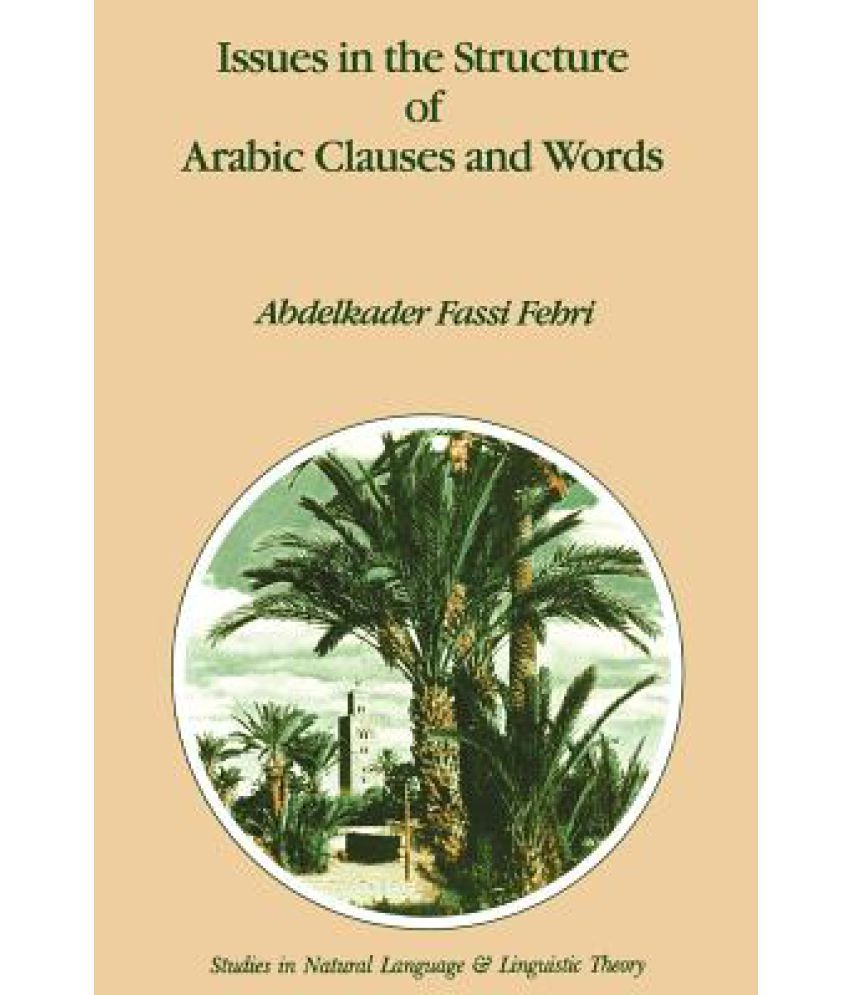Something went wrong. Please refresh the page and try again.
Something went wrong. Please refresh the page and try again.
Notifications can be turned off anytime from settings.
Item(s) Added To cart
Qty.
Something went wrong. Please refresh the page and try again.
Something went wrong. Please refresh the page and try again.
Exchange offer not applicable. New product price is lower than exchange product price
Please check the updated No Cost EMI details on the payment page
Exchange offer is not applicable with this product
Exchange Offer cannot be clubbed with Bajaj Finserv for this product
Product price & seller has been updated as per Bajaj Finserv EMI option
Please apply exchange offer again
Your item has been added to Shortlist.
View AllYour Item has been added to Shopping List
View AllSorry! Issues in the Structure of Arabic Clauses and Words is sold out.


You will be notified when this product will be in stock
| ||||||||||||||
Learn More about the Book
This study has a twofold goal. First, it investigates the internal structure of words and clauses in Standard Arabic (SA), in the light of recent developments of Government and Binding Theory (GB). Second, it argues for a specific theory of typology, and proposes a particular view of how parametrization can be construed and executed. SA is a language used throughout the Arab world, in contrast to specific local dialects which are limited to a particular area. The language has a number of features which make it particularly suitable for cross-linguistic comparative morpho-syntax, as well as research in different modules of the theory of grammar. SA morphology is essentially non-concatenative, though a rich analytic affixation system makes word formation hierarchical. Word order in SA is basically VSO, but the language has alternative SVO structures as well. Sentences can be 'nominal' (i.e. with no verb or copula realized at surface structure), or verbal. Arguments can be left syntacti cally unexpressed (i.e. SA is a null argument language). SA is an agreement language, with a rich and complex agreement system interacting with word order, pronominal incorporation, and expletive structures. It also has a productive morphological case system. Tense, Aspect, Modal, and Negation properties interact in intriguing ways. Finally, SA's DP system exhibits interesting complementary distributions between overt determiners, genitive complements, and possessive markers. It also uses different licensing strategies for Genitive Case marking.
The images represent actual product though color of the image and product may slightly differ.
Register now to get updates on promotions and
coupons. Or Download App